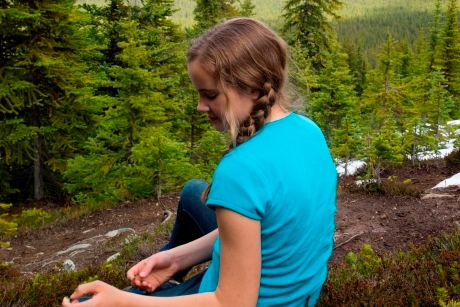
On the day that would have been adventurer John Muir’s birthday, School Travel Organiser takes a closer look at the John Muir Award and what it can mean for schools.
Born on 21st April 1838, John Muir was an adventurer and naturalist who grew up in Scotland before moving to America.
In history, he’s best known for helping to create the world’s first National Park system, which saved Yosemite Valley in California from destruction.
He was also a pioneering explorer, botanist, geologist and writer.
Today, though, John Muir’s name is also associated with a wild land conservation charity – the John Muir Trust, which was founded in 1983 to safeguard the future of wild land for the benefit of all.
The Trust owns and protects wild lands in Scotland including the Cuillin mountains on the Isle of Skye and parts of Ben Nevis.
But most importantly for schools, it runs The John Muir Award, which is open to upper Primary pupils of all abilities and free to take part in.
What is the John Muir Award?
The John Muir Award has been designed to encourage people of all ages to enjoy, connect with and care for wild places.
It doesn’t stipulate what a wild place is and can include any space with some natural character, from a small school garden to a National Forest.
There are three levels of the award, which each involve progressive time, activity and responsibility commitments.
The Discovery Award requires pupils to commit at least four days’ worth of time, the Explorer Award requires eight days, while the Conserver Award involves 21 days of commitment (days can be split up into segments as small as minutes and hours.)
For each level of the award, participants must complete four overarching goals or challenges. They must:
- Discover a wild place.
- Explore its wildness, for example by getting active in it, getting to know its biodiversity or social history, or even by simply using their senses to experience it.
- Conserve it – this can be as simple as leaving no trace after exploring it, but can also include more complicated conservation exercises.
- Share their experiences – this can involve everything from making art about it and storytelling to holding an event to celebrate their experiences.
How can schools get involved in the award?
Teachers can lead an award and get their pupils involved.
However, some residential centres around the UK run special courses that focus on the John Muir Award.
There’s a website full of ideas and resources for getting started. Plus, John Muir Award staff are available to provide advice on how to structure activity or to offer ideas for linking the award to other learning objectives.
Example activities
The John Muir Award is not a set programme but lends itself to hundreds of activities.
Most obviously, adventurous activities like canoeing, raft building and hiking in a wild place could all factor into the ‘Explore’ goal.
However, activities like ‘sit spot’ in the school grounds could also factor. This involves pupils sitting silently in a green space (no matter how small) for a few minutes and simply listening to the sounds of nature.
Another activity could be taking Dulux paint colour cards out into the woods and matching each paint colour to a real colour in nature.
Or pupils could build bird shelters or go litter picking.
Curriculum links
John Muir Award activities lend themselves to cross curricular study.
History, for example, can be studied, either through learning about the history of John Muir himself or through researching the social and local history of a particular wild place.
Literacy can be linked to study of John Muir’s creative and descriptive writing or pupils could write a poem about a wild place.
Science can be studied on location in wild places, including biodiversity and plant life.
Maths, meanwhile, could be learnt through measuring trees and studying geometry in nature.
To find out more about the John Muir Award visit www.johnmuirtrust.org.










